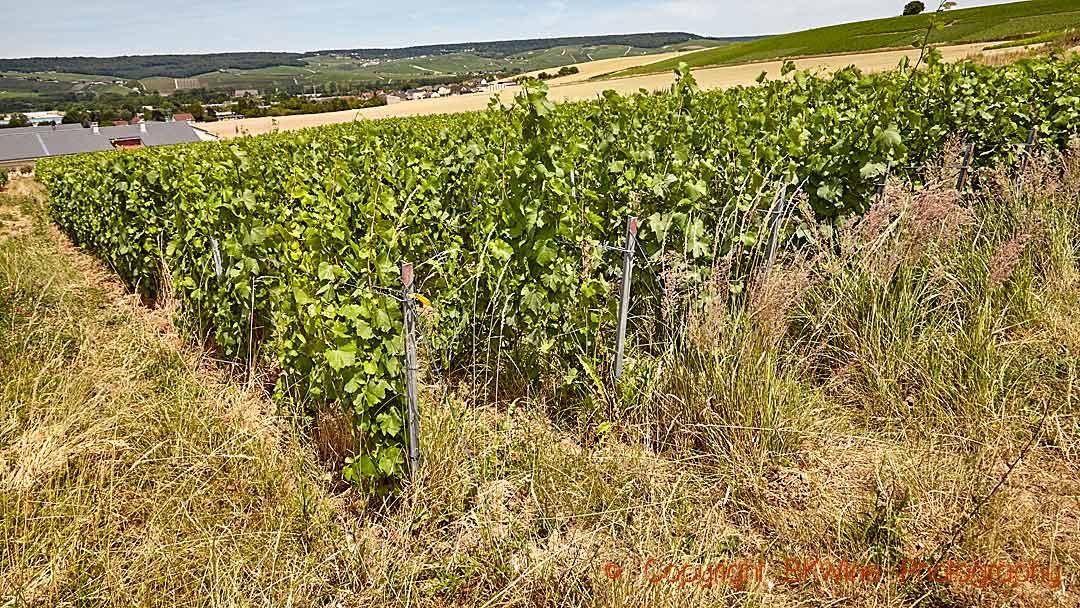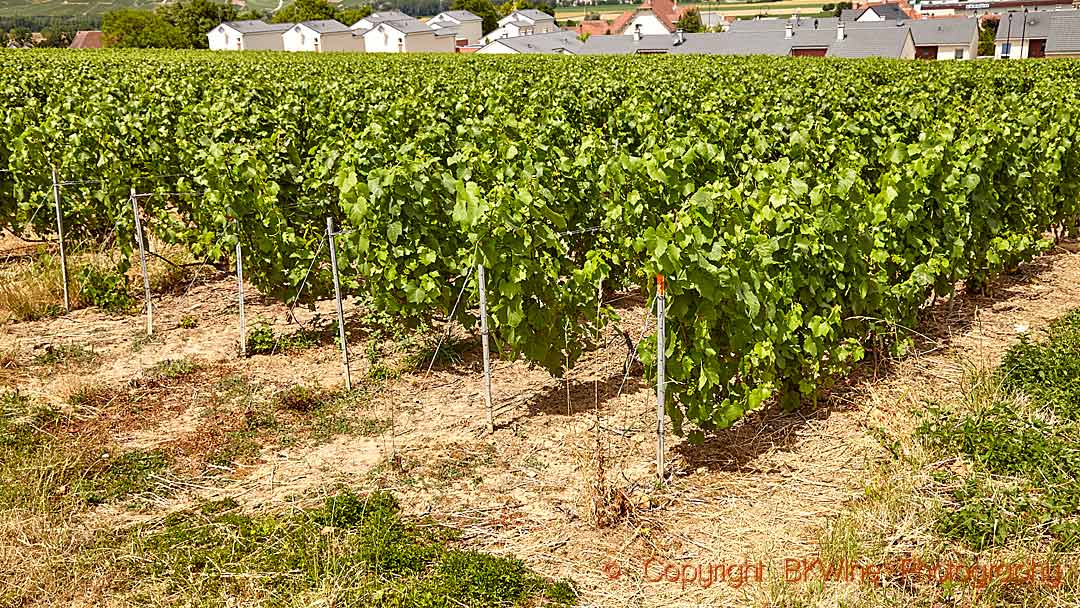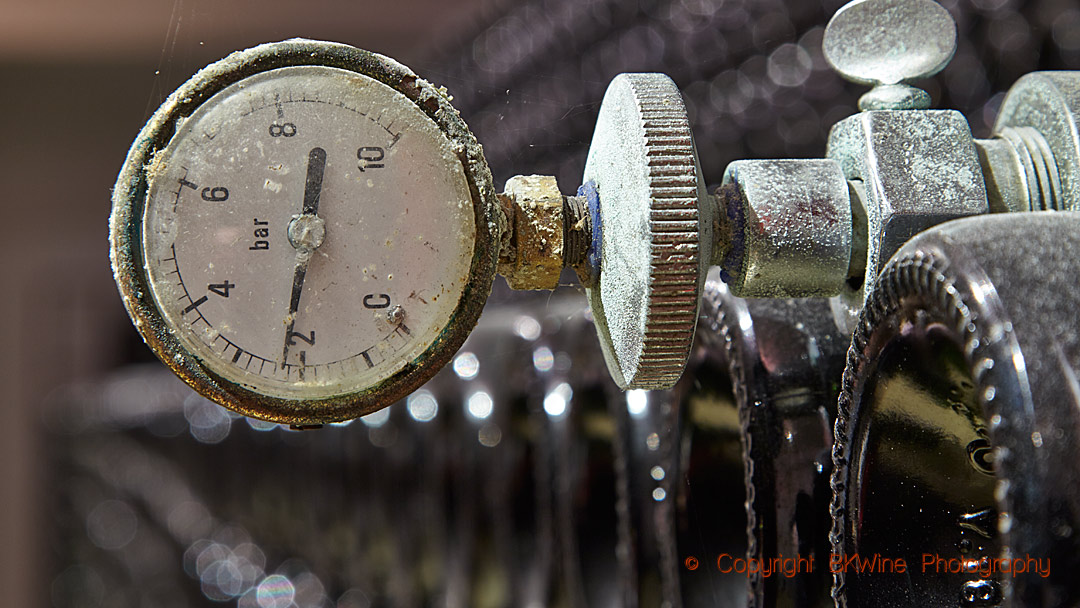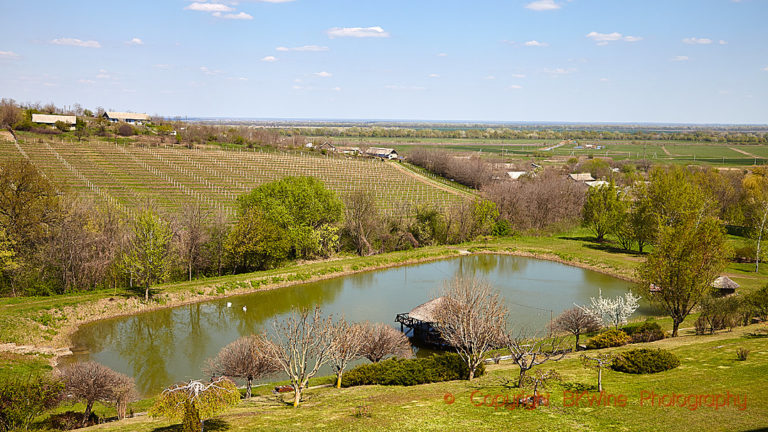Champagne had a successful year – commercially – in 2021, with a record turnover and excellent sales also in volume, a stark contrast from the meagre 2020. From a grower’s perspective, it was a more difficult with challenging weather and a small harvest. But the future looks bright for the world’s most prestigious sparkling wine. But this is not the time to be resting on one’s laurels.
Things are constantly moving in a large wine region like Champagne. Are there any particular trends in Champagne right now? There are several, actually. Here’s a summary of what’s going on.
This is a longer version of an article published on Forbes.com.
Sustainability
You have to start any list of trends in Champagne with sustainability. From having been the bad boy among the French wine regions in terms of environmental awareness, Champagne is now on its way to the top.
The environmental initiatives are many. 41% of the surface has a sustainability certification, mainly HVE (Haute Valeur Environnementale), a label from the French Ministry of Agriculture, and Viticulture Durable en Champagne (sustainable cultivation in Champagne). These labels focus on biological diversity in the vineyard, reducing the number of sprayings, reducing the carbon footprint and treating and reusing waste and water.
Sustainability is a lot about long term projects, but we are already seeing plenty of results in Champagne. The carbon footprint per bottle has been reduced by 29%. Sexual confusion is replacing insecticides. Today, 100% of the wastewater is treated or recycled. 50% of all spraying in Champagne is done with products allowed for organic farming. The region aims for zero herbicides in a few years.
Impressive packaging has always played an essential role in the marketing of champagne – the heavy bottle, gift boxes, etc. We see a certain trend now in the name of sustainability, to refrain from unnecessary boxes and the like and sell the bottle as it is. The heavy bottle, though, is not as easy to get rid of. It must withstand a pressure of six kilos (a bit more to have some margin). The minimum weight for a champagne bottle is 835 grams, lowered from 900 grams a few years ago. But they are looking into reducing the weight further.
Smaller volume but more expensive cuvées
Brut sans année, the “standard” champagne without vintage, is the most important champagne in volume for virtually all houses and growers. But interest has increased for more expensive special cuvées such as vintage champagnes, rosé, single grape champagnes, brut nature, etc. If we look at the number of bottles sold since 2010, we see a slight decline. The value, on the other hand, has increased significantly. This is partly because of consumers’ interest in more expensive champagnes, not least rosé champagnes which are generally more costly than white champagne.
This is probably to some extent linked to that the champagne region is fully planted, it is practically impossible to plant more vines. So to keep growing the business, increase turnover, the houses are trying to entice customers to buy more expensive bottlings instead.
Pinot meunier
Pinot meunier, the ugly duckling among the champagne grapes, is taking its revenge. We see more and more 100% meunier. Some producers have made it their speciality, and they are proud of it. Meunier now has an identity. It is more and more common to call the grape meunier and just skip the pinot. This does not mean that anything has changed concerning the grape’s origin. It is still a mutation of pinot noir.
Here are some producer recommendations if you want to try 100% meunier, all of them situated in the Vallée de la Marne: Christophe Mignon, André Heucq, Eric Taillet, Franck Pascal, Jérôme Prévost, Benoît Tarlant, Romain Tribaut and several others.
Champagne is also a wine
Champagne is among the least terroir-oriented wines imaginable. It is a blend of many different vineyards grown on different soils (which can be very far apart), and vintages. You add sugar to hide the acidity, the long ageing on the lees gives the wine an autolysis character, and so on. But things are changing. There is a clear trend in the region that champagne should be treated more like a wine and be drunk like a wine, that is, with food, throughout an entire meal.
We see more and more single-vineyard champagnes. With single-vineyard champagne, the producer chooses to bring forward a particular terroir, presumably giving the wine a character of its own. If Krugs Clos de Mesnil and Clos d’Ambonnay are the most extreme examples (in terms of prices), then there are others, more affordable, e.g. Clos des Goisses from Champagne Philipponnat and Les Epinettes and Les Fervans from Champagne Penet-Chardonnet and many more.
Some make a vintage champagne every year, not only the years considered the best but to show their customers the differences between each vintage. It is not always vintage champagne in the true sense of the word that follows the rules for three years of ageing. It could just as well be a “normal” champagne (BSA) where all the wine comes from the same year, just like a wine (in which case the front label mustn’t claim that it is a vintage champagne). Nowadays, it is easier to do so. The old tradition in Champagne to blend vintages is based on the fact that in the past, there were few vintages with sufficiently ripe grapes and sufficient quantity to manage without blending with wine from the previous year. Today, the grapes often have better maturity.
Drier champagnes
The producers are harvesting riper grapes today than in the past. This often means lower acidity in the wine. Since you add sugar (dosage) to soften the acidity, a decrease in dosage feels natural. Brut is still by far the largest category. Brut can be between zero and 12 grams of sugar, and in general, brut champagnes have dropped in sugar levels in recent years. Some champagnes from large houses still have 12 grams of sugar (the limit for brut), but today’s most common level is around 6-8 grams. Sales of extra-brut (up to 6 grams) and non-dosé champagnes (no dosage and a maximum of 3 grams of residual sugar) are increasing. More and more consumers are asking for bone-dry champagnes even though most still prefer some dosage.
Travel
One of the most exciting things with champagne is to discover the many very talented small growers, making “growers’ champagnes”, making some of the greatest wines in the region. You will discover several outstanding grower champagnes on a wine tour to Champagne with BKWine.
Travel to the world’s wine regions with the wine experts and the wine travel specialist.
Great wine tours. BKWine wine tours.
Read
If you want to know more about champagne, and find some of the best growers, then you can read our very extensive book on the region: Champagne, the wine and the growers. (Unfortunately only available in Swedish currently.)


















2 Responses
“Sexual confusion is replacing insecticides”
Please explain
We’ve written about that previously here:
https://www.bkwine.com/news/france-sexual-confusion/
and here:
https://www.bkwine.com/news/sexual-confusion-vineyard-new-simpler-version/
As well as in this book:
https://www.bkwine.com/our-books/the-creation-of-a-wine/